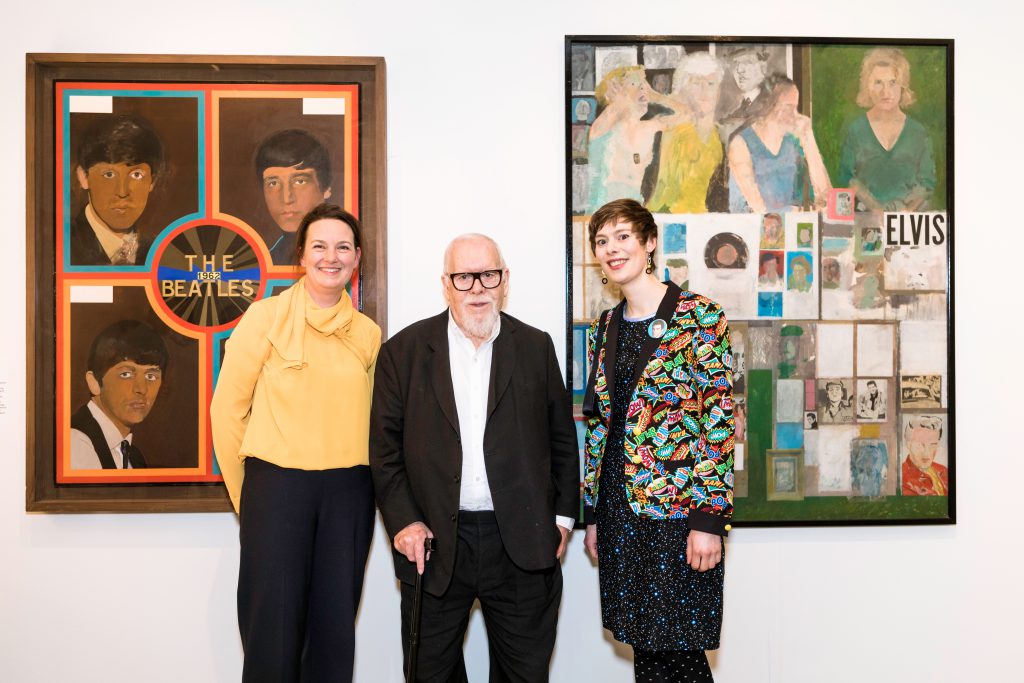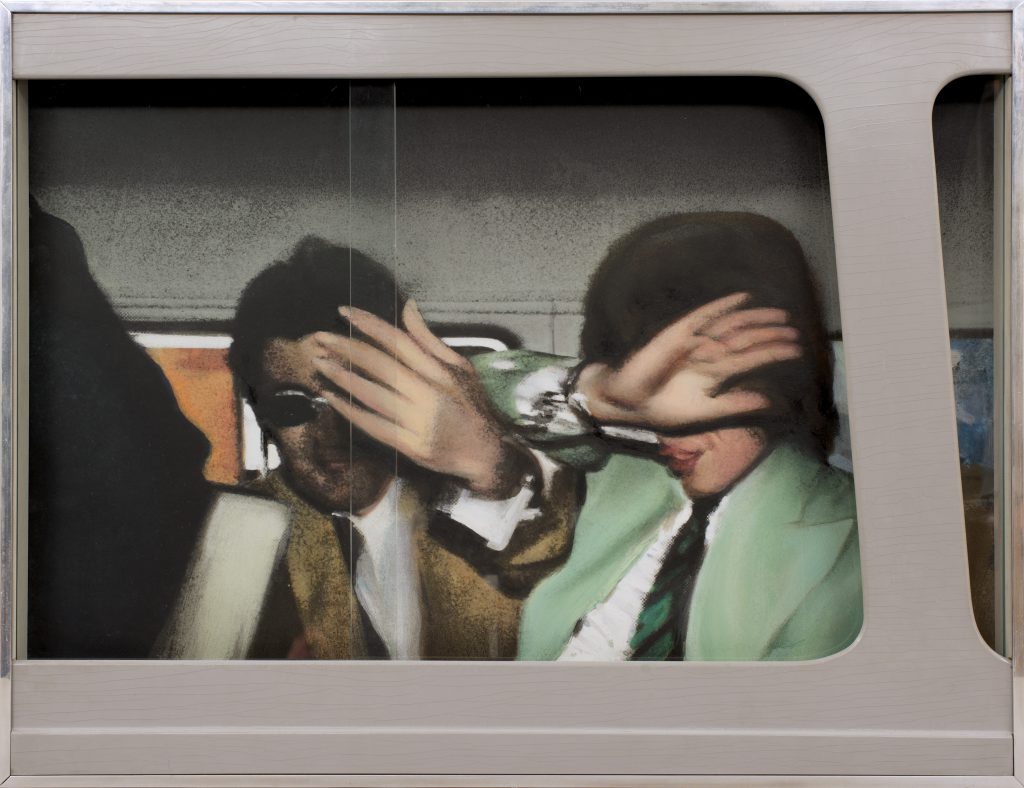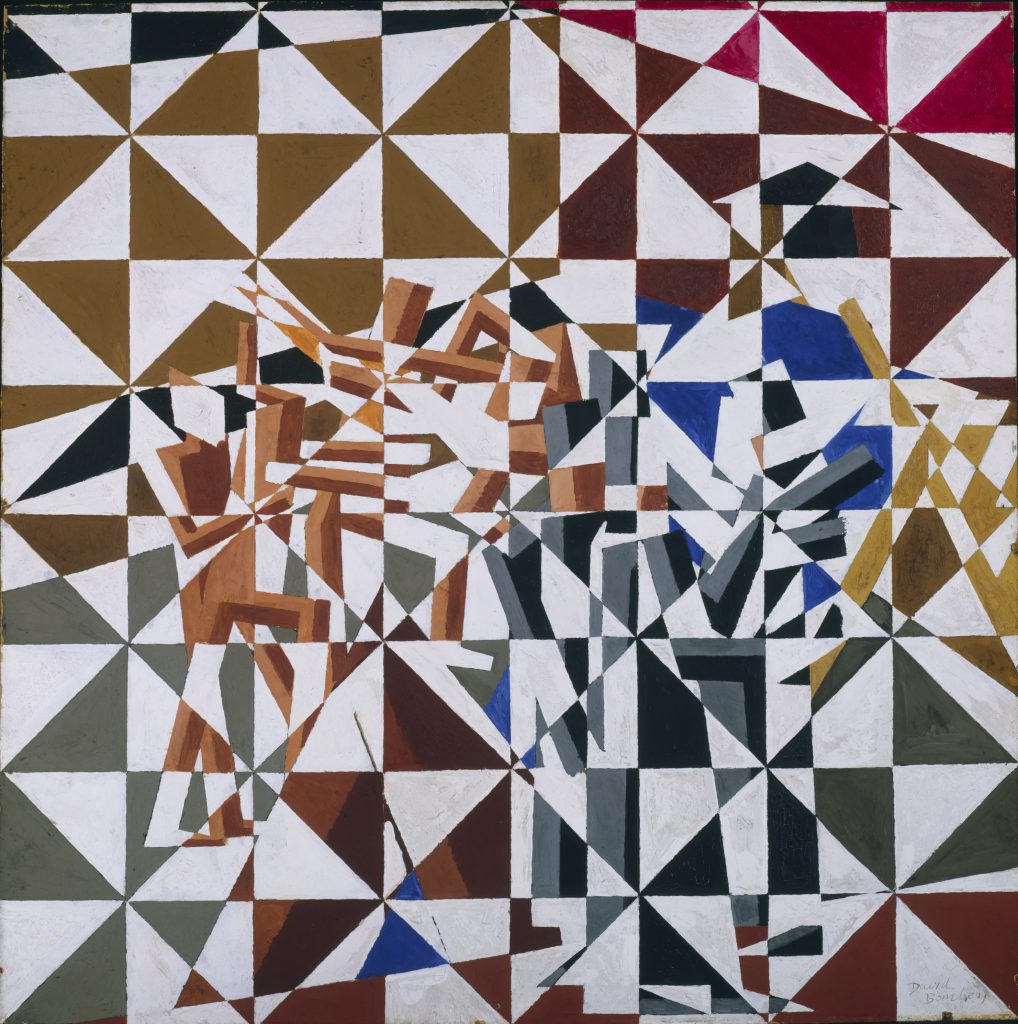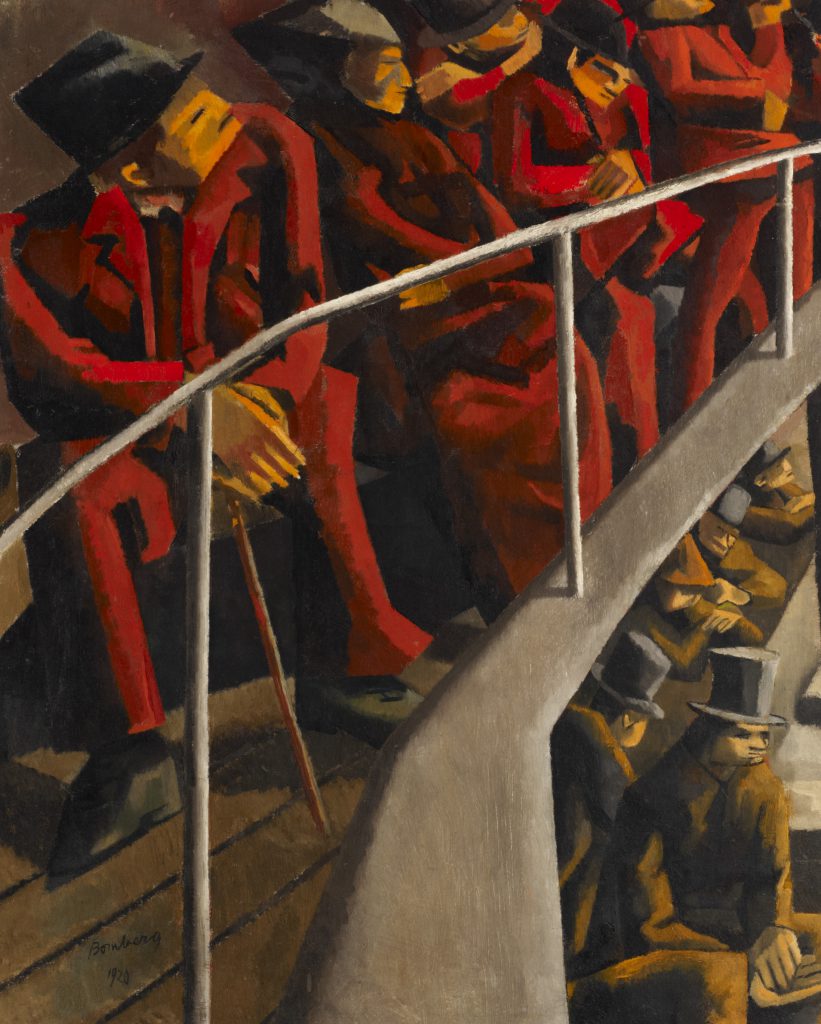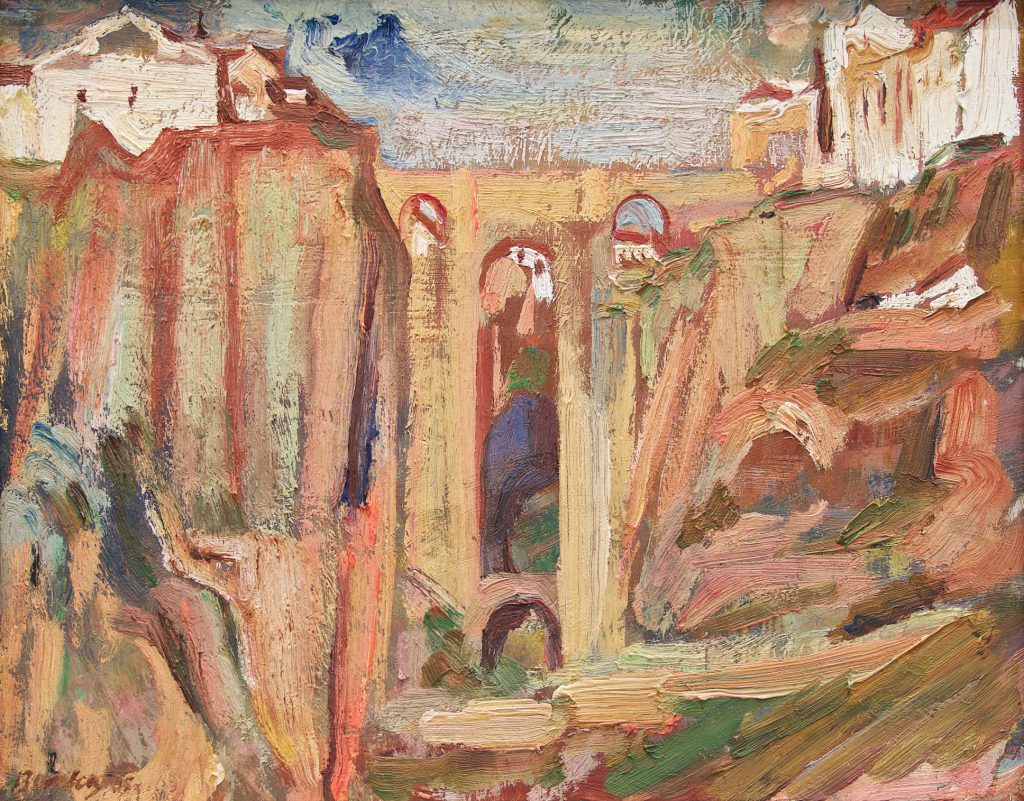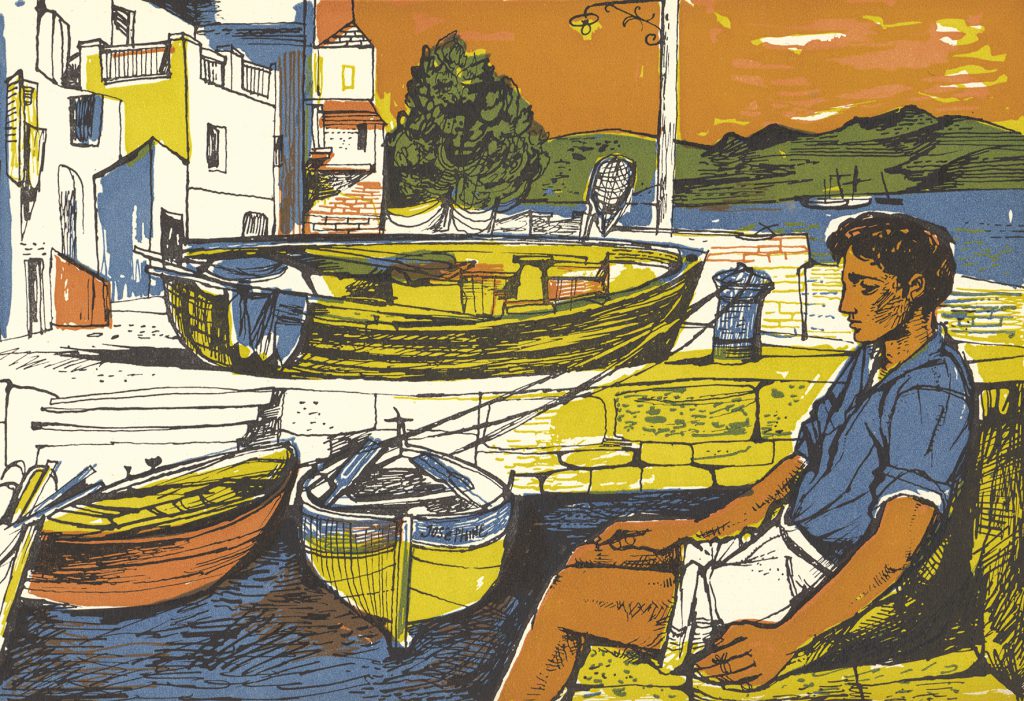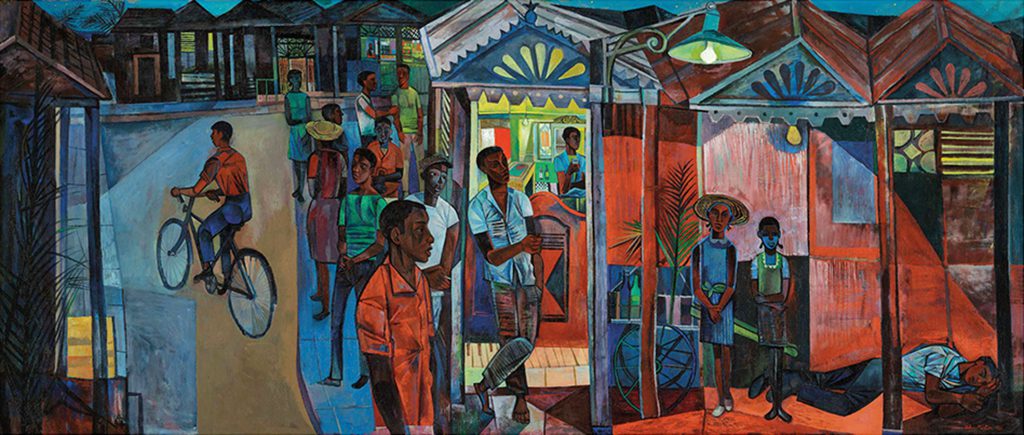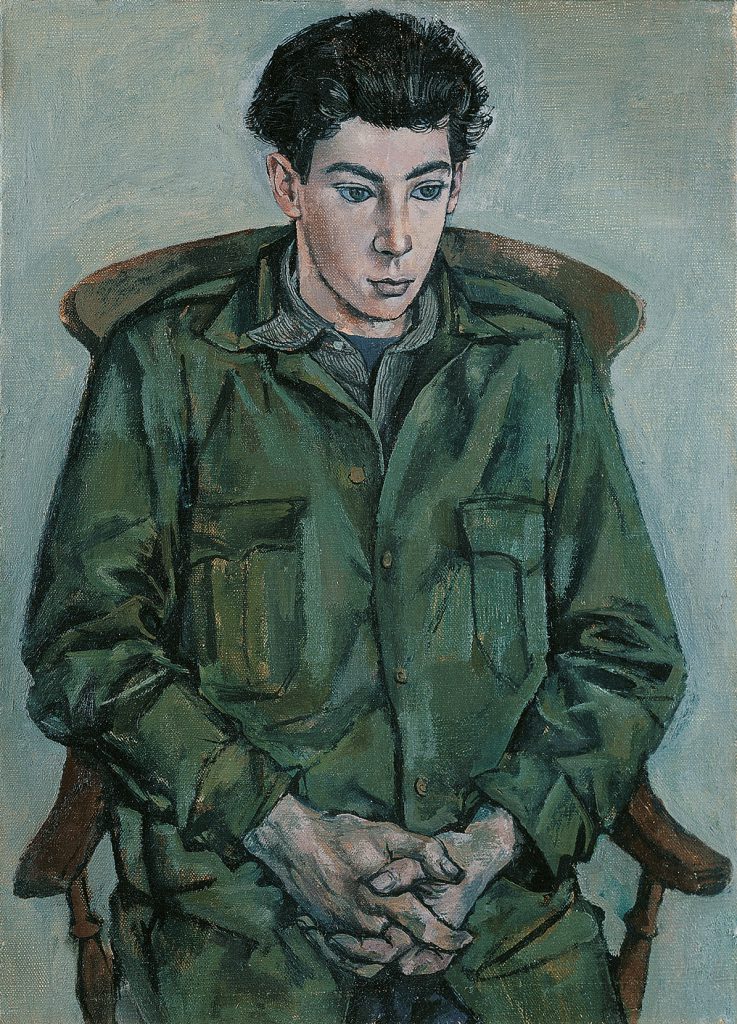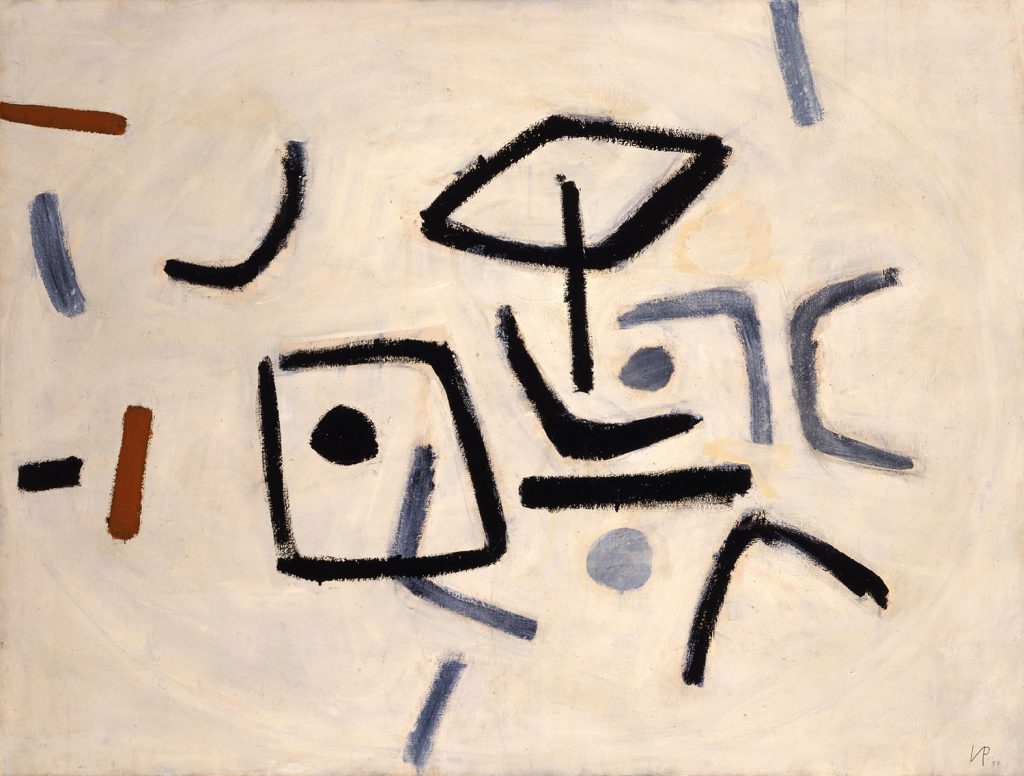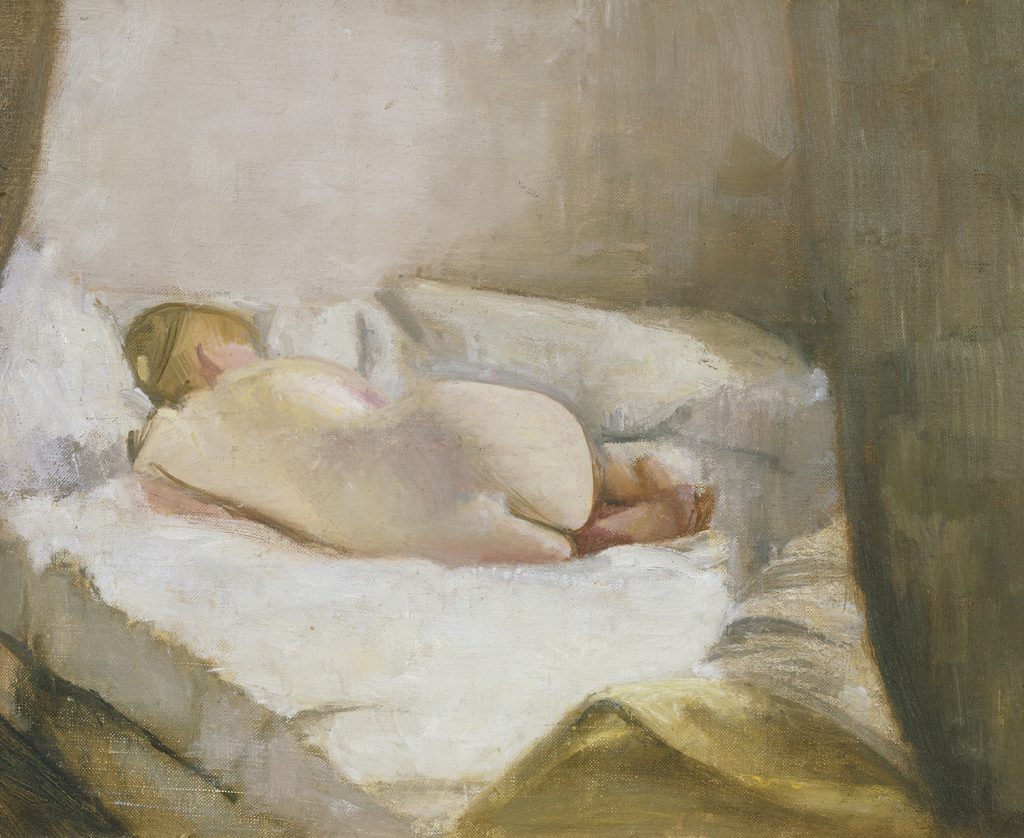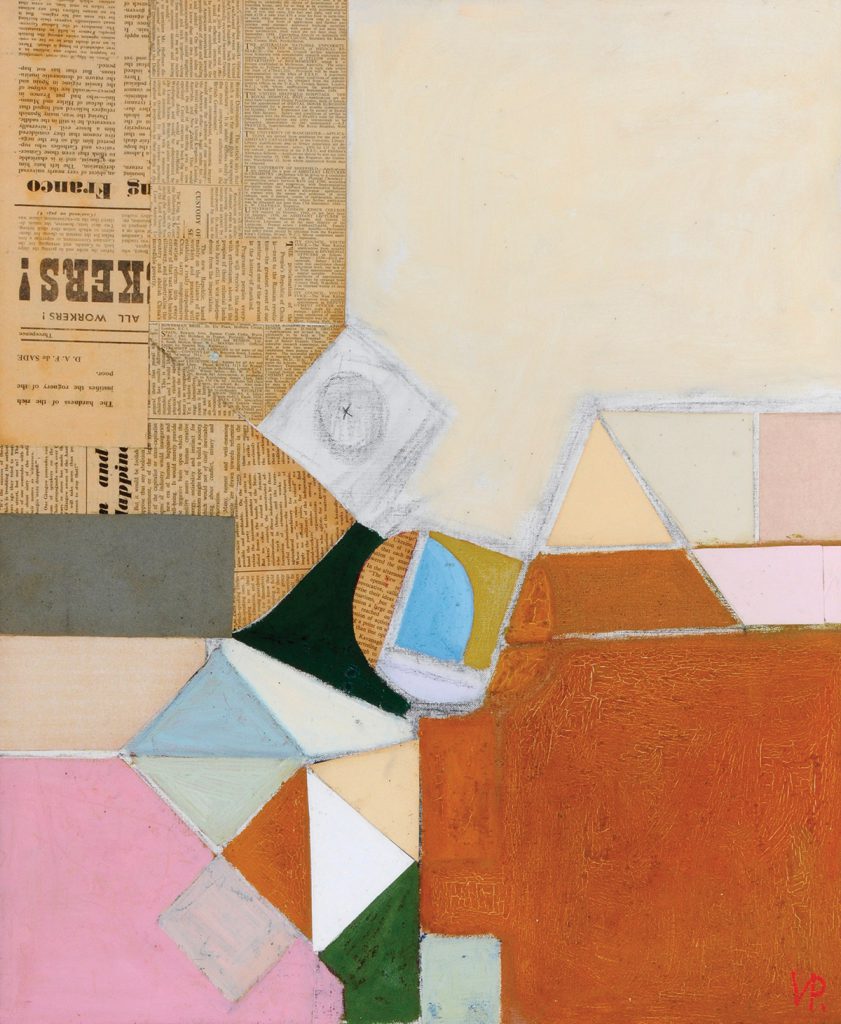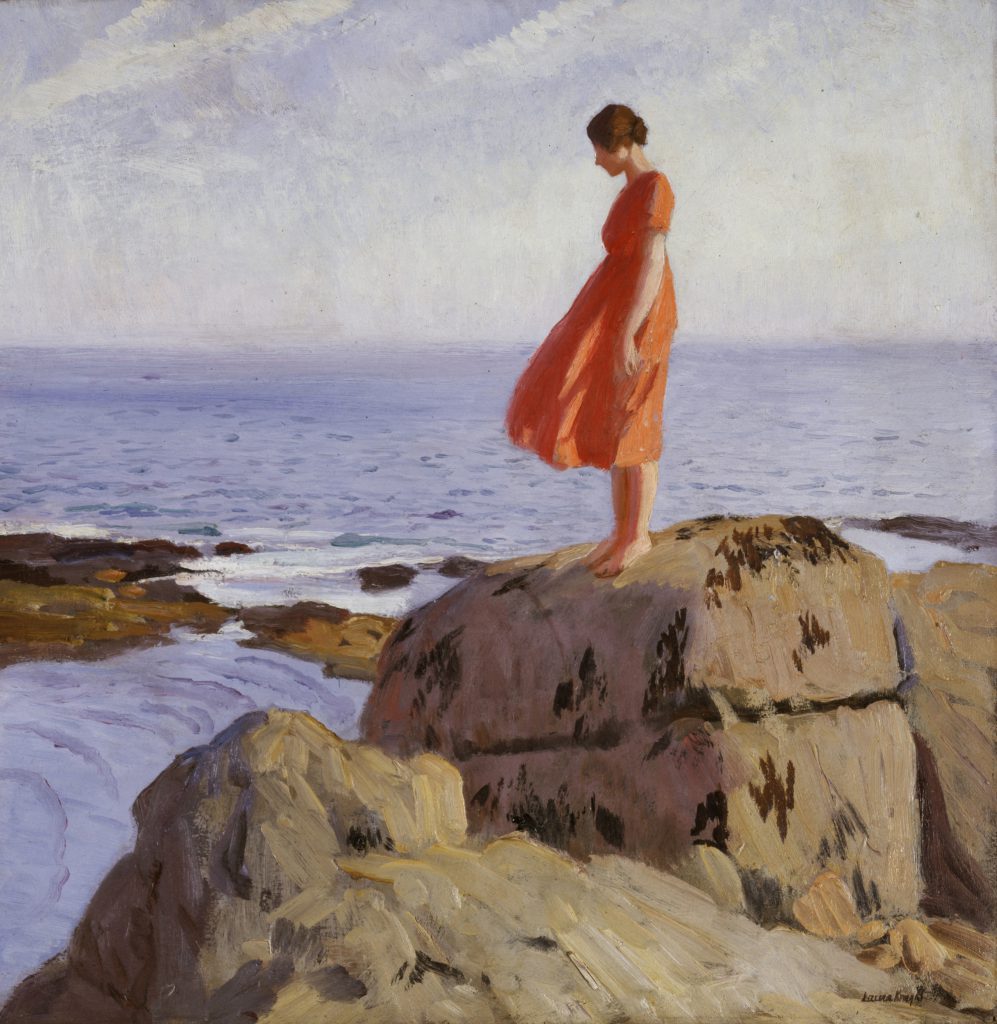
This summer’s must see exhibition in Sussex has just opened at the Pallant House Gallery in Chichester. It is titled ‘Virginia Woolf: an exhibition inspired by her writings’.
Inspired by the writing of Virginia Woolf (1882-1941), it explores women’s suffrage and the metaphors of landscape, the room and still lives; bringing together more than eighty works by leading Modern British and Contemporary women artists. The exhibition is born out of a partnership between Tate St Ives, Pallant House Gallery and The Fitzwilliam.
This visually stunning, light-filled show is beautifully curated and hung. The domestic scale of many of the paintings and objects are brought to life at Pallant House as the narrative of the exhibition cleverly unfolds in a series of rooms.
Although this is not a biographical exhibition it illustrates how Virginia Woolf constantly drew on her relationships and experiences in her writing to articulate a sense of self and place.
In her early childhood she spent every summer at Talland House in St Ives. She would recall how formative these early recollections were in A Sketch of the Past: ‘…lying half-asleep, half awake, in bed in the nursery of St Ives…hearing the waves breaking, one, two, one, two, and sending a splash of water over the beach; and then breaking, one, two, one, two, behind a yellow blind.’ Laura Knight’s oil painting, The Dark Pool similarly captures a fascination with the sea as a young woman stands on the rocks beside a shore looking reflectively into the pool’s depths, free in her thoughts. For Woolf the Landscape would often become a metaphor for a new freedom and power for women. In contrast through the metaphor of the room she would express the ambiguity in a place of potential autonomy and liberation which also symbolised societal restraint over women at the time.
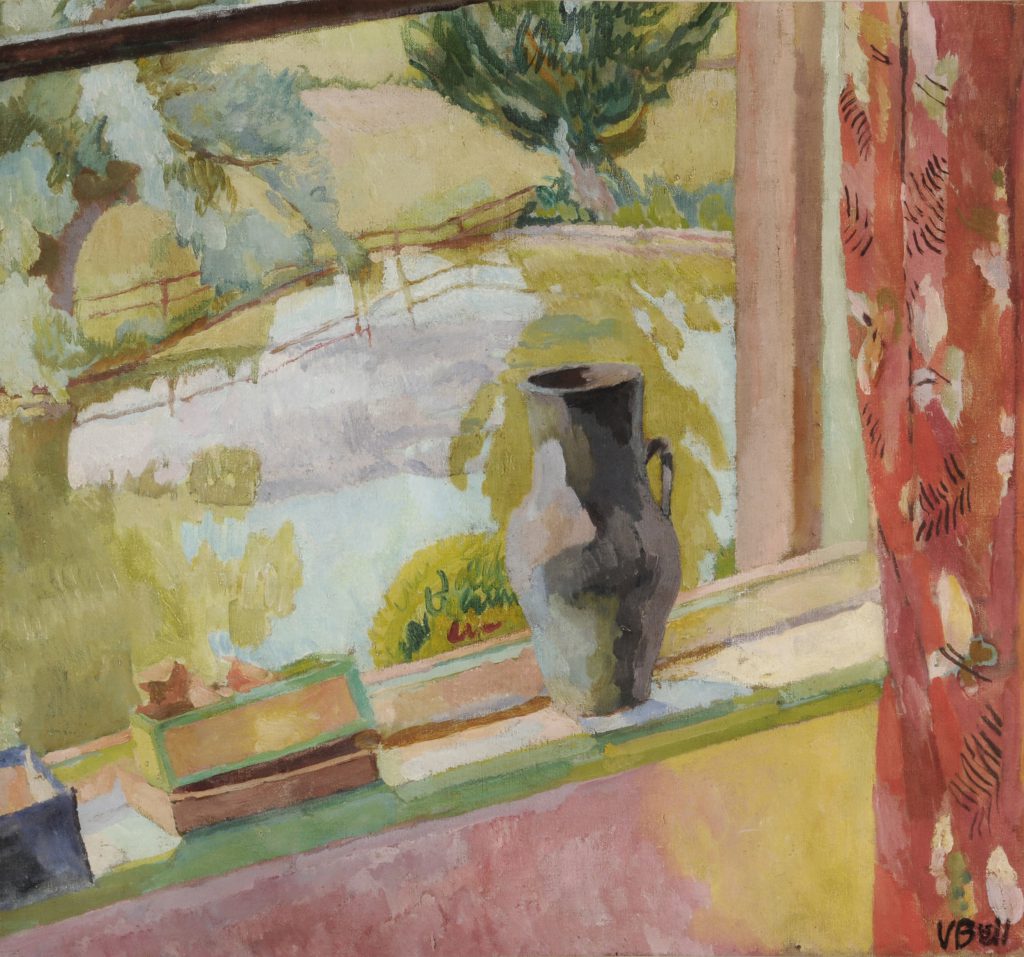
Vanessa Bell’s outward facing, liberated oil of the Pond at Charleston in Sussex is filled with light, movement and hope. It combines the landscape, room and still life.
Virginia Woolf and Vanessa Bell were sisters and throughout their lives they inspired and influenced each other’s work. They gathered around them a circle of influential Modern British women artists, many of whom are represented in the show.
Sussex, like Cornwall, played a significant part in Woolf’s life and work. Indeed Vanessa Bell only moved to Charleston in 1916 on her sister’s recommendation. The house would become a meeting place for the Bloomsbury Group.
In 1919 Virginia Woolf and her husband Leonard bought Monk’s House in the village of Rodmell in East Sussex where she would live until her suicide in 1941. This 17th century cottage allowed her to write in the tranquillity of the Sussex Downs near to her elder sister Vanessa Bell who was extremely important to Woolf’s sense of her own self and wellbeing. Woolf loved to discuss art with her sister. This desire to learn was both personal and intellectual. It brought her closer to her sister and artistic friends who included Dora Carrington, Duncan Grant, Roger Fry and the author Vita Sackville-West.
I am delighted that Toovey’s, together with De’Longhi and Irwin Mitchell, are amongst the headline sponsors and supporters of this exceptional exhibition. ‘Virginia Woolf: an exhibition inspired by her writings’ runs at the Pallant House Gallery, Chichester throughout the summer until 16th September 2018.
By Rupert Toovey, a senior director of Toovey’s, the leading fine art auction house in West Sussex, based on the A24 at Washington. Originally published in the West Sussex Gazette.
